Dell is finally taking notice of markets outside of mainstream servers. It has gone from offering the PowerEdge R750xa and PowerEdge XE8545 as its training servers to the Dell PowerEdge XE9680 8x NVIDIA H100 server on the AI side. Now it is setting its sights to the edge with the Dell PowerEdge XR8000, XR7620, and XR5610 servers.
Dell PowerEdge XR8000, XR7620, and XR5610 Servers
The three new platforms join the existing XR4000 to create a four system portfolio.
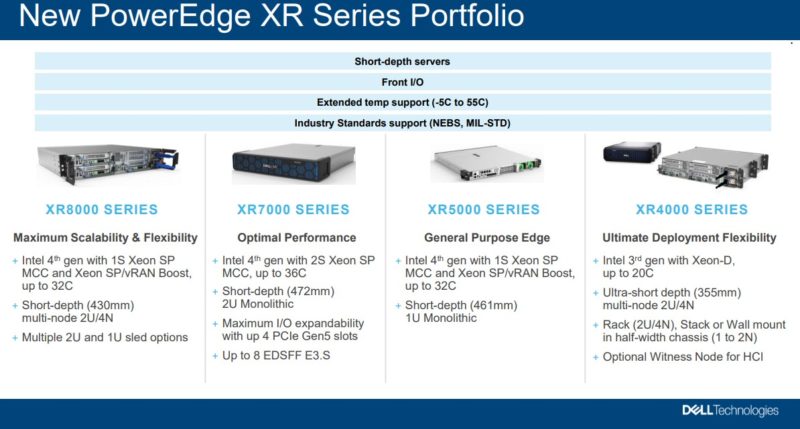
The Dell PowerEdge XR4000 is the existing offering in the XR edge range. That is a 2U 4-node (2U4N) Xeon D system that uses Ice Lake-D series SoCs. If you want to learn more, see Welcome to the Intel Ice Lake D Era with the Xeon D-2700 and D-1700 series.
On the other end of the spectrum is the Dell PowerEdge XR8000 series. This is a 2U4N platform that is 75mm deeper than the XR4000 but offers single-socket MCC platforms. Those include Xeons with Intel vRAN Boost for the telco edge markets. The vRAN Boost announcement we will cover next week as part of our MWC coverage.

Dell is introducing the Intel Xeon EE branding, which Intel will officially launch next week. According to Dell, EE stands for “Edge Enhanced (EE) Intel vRAN Boost processors.”

Having this type of modular chassis makes it easier to offer upgrades and also different options for configurations such as two 2U nodes instead of four 1U nodes. Dell has PSUs and ports forward of the chassis, which is typical for many telco deployments.
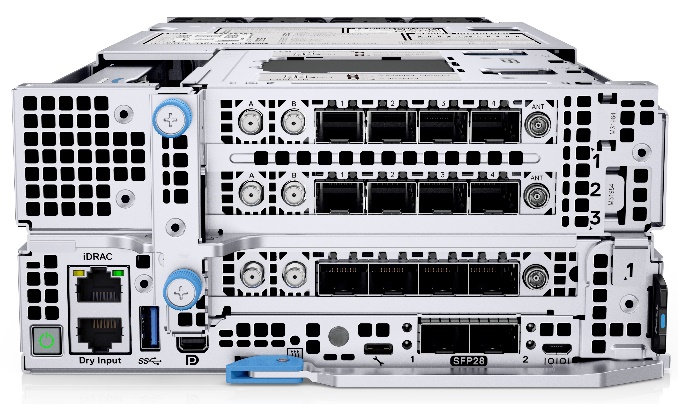
If you are not familiar with what “MCC” means in the above slide, it is Intel’s monolithic die for lower-core count and power 4th Gen Intel Xeon Scalable CPUs, codenamed “Sapphire Rapids”.
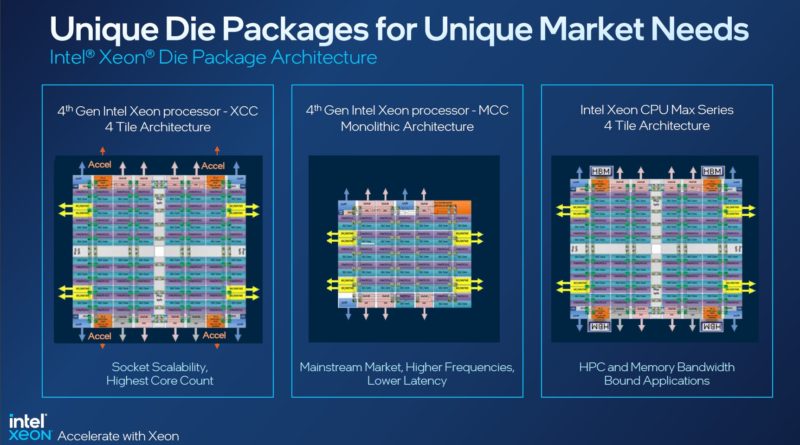
If you want to learn more about the new series, check out our 4th Gen Intel Xeon Scalable Sapphire Rapids Leaps Forward piece or associated video:
The Dell PowerEdge XR7000 is the company’s single-node, dual-socket 2U server. This can go up to 36 cores per socket due to the lower density, but it also allows for a number of accelerator cards to be used. Dell even has the ability to handle a decent storage array with up to 8x E3.S devices (SSDs or others in the future.)
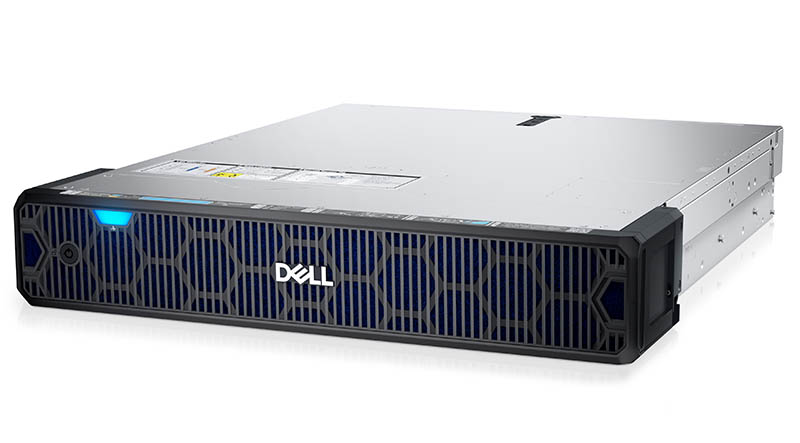
For the single socket market, the Dell PowerEdge XR5000 series. This is a 1U platform that feels like the successor to the XR11/XR12 line.

We asked Dell about customer adoption of accelerators like QAT since the MCC Xeons do not have the full 800Gbps capability of the XCC Xeons. Dell told STH they are not seeing as many customers interested in that feature, but the new Xeon EE / vRAN Boost acceleration they are seeing uptake on.
Final Words
We also asked Dell about the need for different form factors. Many operators and environments around the world have particular requirements for how these servers are built. That is one of the reasons that companies like Supermicro have so many specialized chassis and SKUs. Dell told us that they were looking at the higher-volume markets first but are gathering some of those specialized requirements. Some may be met in the current systems, like the XR8000 series, but this is an area in which the company is looking to expand its presence in.

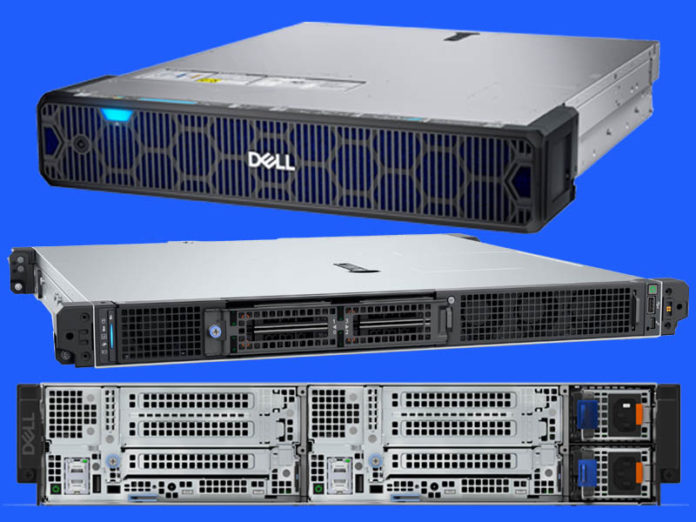



Wish Dell offered the XR5610 for „regular“ customers, too. Would love to have those for our regular ROBOs instead of the R2x0 and R3x0 systems.